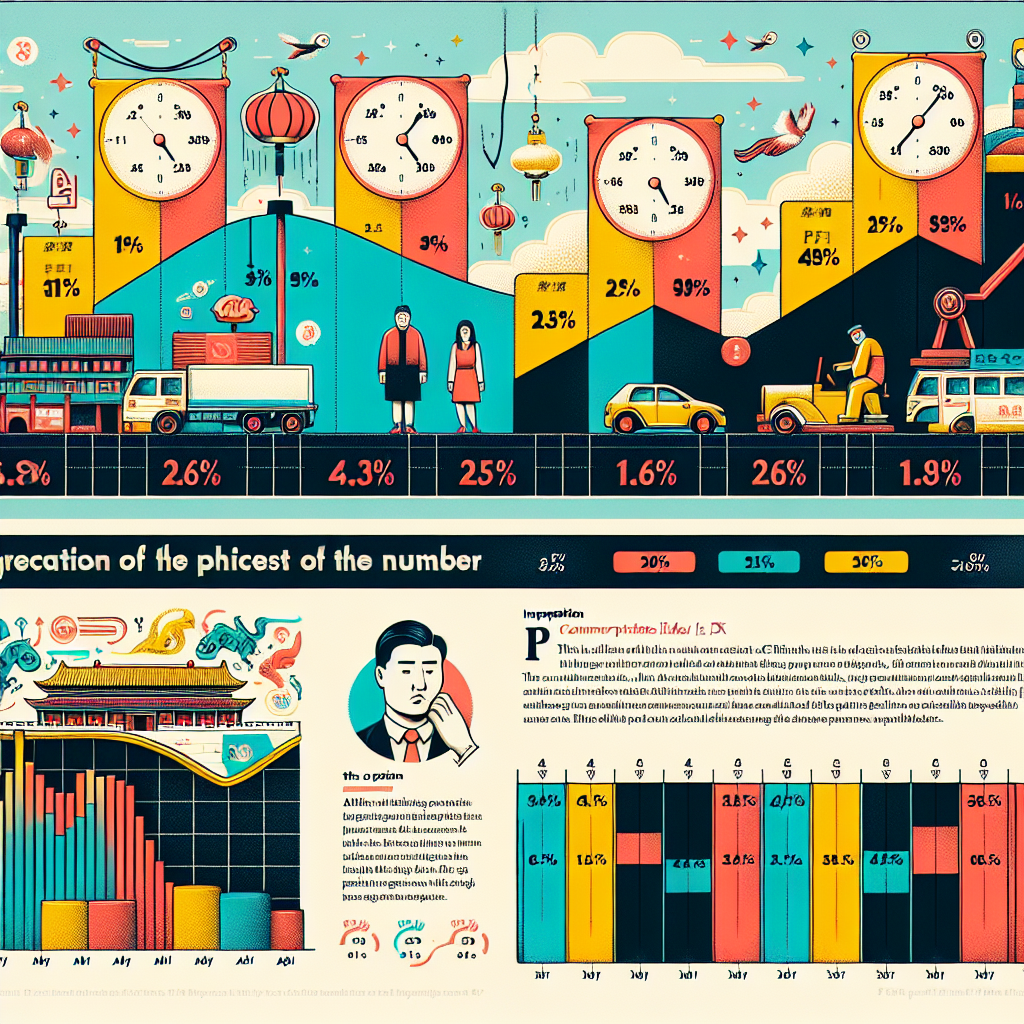China’s Producer Price Index (PPI) in April hit the largest year-on-year decline in the past six months, while the Consumer Price Index (CPI) for the same month also showed a third consecutive month of year-on-year drops. Experts believe that these data reflect that the Chinese economy has entered a “deepening deflationary spiral” which could lead to severe consequences if not addressed.
According to official data released by the Chinese Communist Party on May 10th, the country’s industrial PPI in April saw a significant year-on-year drop of 2.7%, exceeding the 2.5% decline in March and marking the largest year-on-year drop in the past six months. Additionally, the month-on-month decrease in PPI was 0.4%.
The Producer Purchase Price Index (PPIRM) for industrial producers in April also experienced a substantial 2.7% year-on-year decline, with a 0.6% decrease compared to the previous month.
The average PPI and PPIRM for the first four months of this year also saw a significant drop of 2.4% compared to the same period last year.
In addition, April’s CPI saw a year-on-year decline of 0.1%, matching the previous month’s decline, indicating a continued downward trend over the past three months.
Taiwanese financial expert Huang Shicong shared with reporters that the decline in PPI could be attributed to two possible reasons: the decreasing prices of raw materials in China and a slowdown in downstream demand. This suggests that the current environment for factories in China is unfavorable, leading to poor operational performance.
Huang further explained that products produced by Chinese factories that have not been sold and have accumulated as inventory are now being sold at even lower prices due to the continuous drop in production prices. This creates additional pressure on factories as they struggle to clear out existing inventory.
Xu Zhen, a seasoned professional in the Chinese capital market, informed reporters that the US-China tariff war has dealt a severe blow to the Chinese economy, leading to blocked exports and intensified internal turmoil within Chinese enterprises, reflected in the varying degrees of decline in both year-on-year and month-on-month PPI.
Huang predicted that the continued decline in PPI would eventually impact CPI, potentially igniting a deflationary spiral where reduced purchasing power among consumers would force manufacturers to lower prices, squeezing profit margins and leading to a stagnant deflationary environment.
Xu pointed out that bankruptcies and layoffs in China have significantly reduced people’s income, resulting in diminished consumer purchasing power. The sharp contraction in the external demand market for Chinese goods due to the US-China trade war, combined with insufficient domestic demand, has contributed to the continuous decline in CPI over the past few months.
He emphasized that these data indicate that the Chinese economy is deeply entrenched in a deflationary spiral with no clear sign of bottoming out.
Huang remarked that the possibility of China resolving the declining trends in PPI and CPI on its own is quite low. The structural issues within the Chinese economy, exacerbated by the trade war with the US, have made it challenging for the country to enhance its economic indicators without significant changes in its trade relations.
The recent news of a preliminary “ceasefire” agreement between the US and China following talks in Geneva over the weekend has raised hopes of easing tensions. Both sides have agreed to temporarily reduce tariffs to baseline levels over the next 90 days. Despite this agreement, uncertainties remain as some strategic products like automobiles, steel, aluminum, semiconductors, and pharmaceuticals will still face tariffs, pointing to the ongoing complexities in the trade dispute.
Xu reiterated that while external interventions like tariff negotiations may provide temporary relief, the intrinsic challenges facing the Chinese economy are deep-rooted and require structural reforms to reverse the deflationary trends in PPI and CPI.
The prevailing deflationary spiral in China, if left unaddressed, could escalate from an economic crisis to a social and political crisis, Xu cautioned. The need for comprehensive and long-term solutions to stabilize the economy and restore consumer confidence remains critical for China’s economic future.

